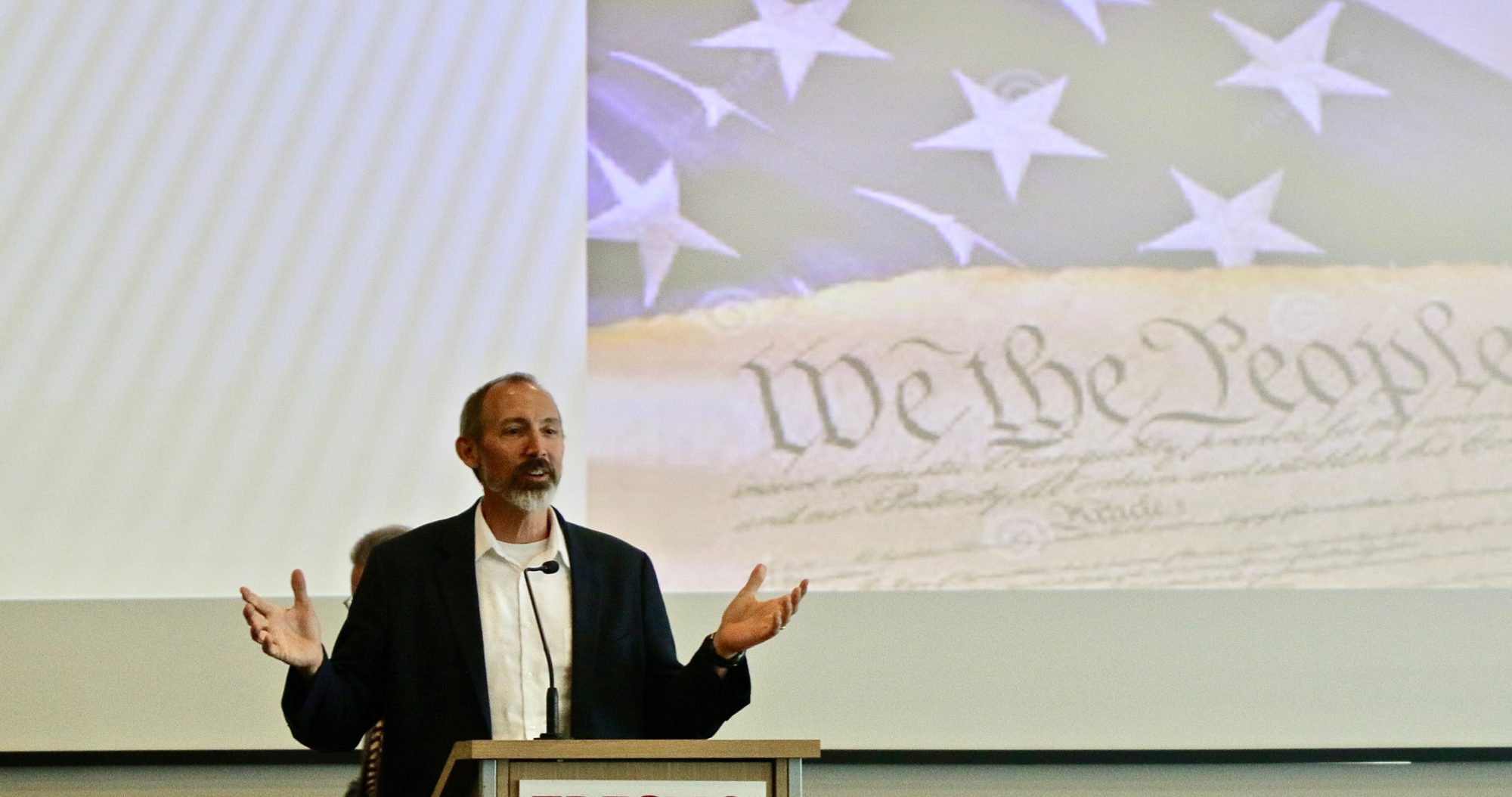Is helping the poor a moral obligation?
By Andrew Fiala
Fresno Bee, Friday, Apr. 05, 2013
The President of the World Bank, Jim Yong Kim, recently announced the goal of eliminating extreme poverty by the year 2030. Kim noted that there are 1.3 billion people living in extreme poverty, 870 million who go hungry every day, and 6.9 million children under 5 who die every year as a result. Kim concluded that helping the poor is “a moral imperative.”
Moral imperatives establish duties and obligations. If Kim is right that there is a duty to help the poor, then it is wrong not to help them. If there is a duty to help the poor, we should feel guilty when we are not helping them.
Billions of people live on less than $2.50 per day — what we pay for a café latte or an ice cream treat. Should we feel guilty for indulging in such luxuries while children die of deprivation?
Most of us don’t feel guilty as we spend money on trivial luxuries. Perhaps we’re morally clueless. It is easy to ignore suffering that is hidden in distant places. But the more plausible explanation is that people don’t agree with Kim that helping the poor is a moral imperative.
We think it would be nice to help the impoverished. But charity is not obligatory. We might also think that global poverty is simply not our own fault. If we’ve done nothing wrong, then we should not feel guilty or blameworthy.
Most people would agree that there is a duty to help those whom we’ve wronged or harmed. If I am riding on someone else’s back, I have an obligation to get off his back. If I am somehow contributing to the problems of the poor, then I might be blamed for their plight.
But are middle-class Americans riding on the backs of the global poor?
We do benefit from cheap consumer goods and resources that are produced and extracted by the world’s working poor. Your clothes, for example, were most likely made by poor people working in dangerous conditions. In November, a garment factory burned down in Bangladesh. Clothing was manufactured there for American brands. More than 100 people died in the fire. According to the New York Times, the minimum wage for workers in that factory was about $40 per month — just over $1 per day.
The clothes we wear are manufactured by poor people, who may die as a result of dangerous working conditions. Does that create an obligation on our part? Or is that just the result of free market economics?
Thomas Pogge, an ethics professor from Yale, discussed this question last week in San Francisco at a meeting of the American Philosophical Association. Pogge received a prize for an article where he argues that the international system unjustly violates the human rights of the world’s poor.
Pogge thinks that injustices in the global economic structure create an obligation to the poor. He admits that failing to save people is not as bad as killing them. But Pogge claims that we are not simply failing to save the poor. Instead, he claims, the international system is rigged against them.
From Pogge’s perspective, we are riding on backs of the global poor, actively contributing to their poverty. Affluent nations extract profit and resources from poor countries, while poor countries cannot overcome the headwind created by international systems. We should get off their backs and compensate them for their predicament.
It might be that if we did not purchase products manufactured in foreign sweatshops, we would further impoverish the global poor. It might also be that donations to the poor cause dependency and corruption.
Those practical concerns do not weaken the moral claim that we have an obligation to the poor. We need to be careful and strategic as we readjust global economic priorities. But the President of the World Bank appears to agree with the ethics professor that there is a moral obligation to create a world free of poverty.
As you sip your $3 coffee, you might insist that the global economy is none of your business. But there is a growing consensus that it is our business to be concerned about the affliction of those whose labor fills our cups.


